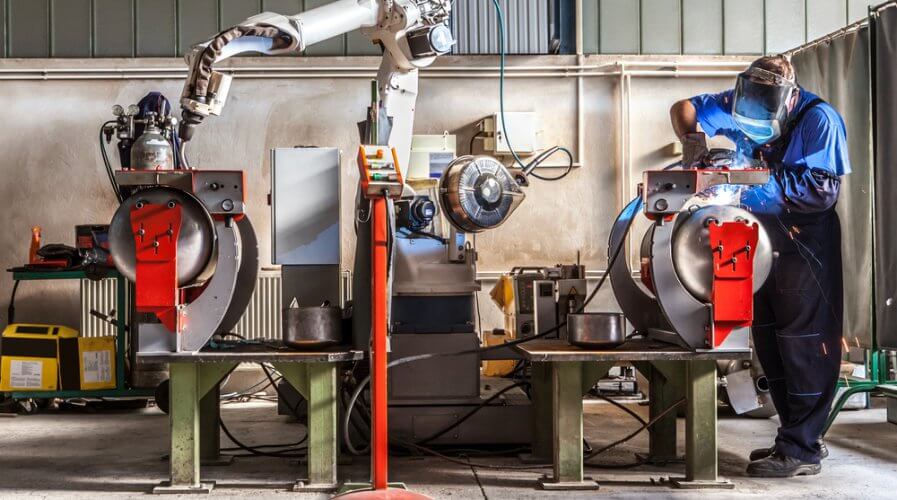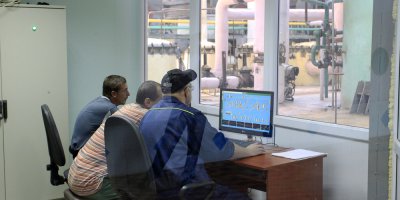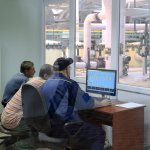
Not only will intelligent automation optimize workflow, but also it can also repurpose their staff for tasks that need more human dexterity. Source: Shutterstock
Intelligent automation will bring us the digital workforce dream
TECHNOLOGY spending is on the rise as business leaders embrace workplace automation.
After all, automation is the secret weapon to the robust digital transformation that all industries are currently experiencing.
Those that are ahead of the digital maturity curve are already using intelligent automation to harness the competitive advantage.
Intelligent automation is the layering of automation and other intelligent technologies that deliver the digital workforce dream.
With intelligent automation, human staffs and robot counterparts working in tandem is closer.
Thus, intelligent automation will bring a fundamental change to the nature of an organization’s operations.
Having intelligent automation incorporated into the operations can free up time resource and subsequently, move the business up the value chain.
Data processing takes a significant amount of time. Cleaning the data to ready it for analysis itself takes productivity hours away.
Just imagine how a business can perform end-to-end without errors and without delays. That will maximize output while minimizing costs.
Not only will intelligent automation optimize workflows, but also help repurpose staff for tasks that need more human dexterity.
Intelligent automation optimizes workflow by deploying robotic process automation (RPA) as well as artificial intelligence (AI) to identify data patterns.
Over time, an intelligent automation system will learn and begin making predictions that can create smarter and more efficient workflows too.
Business challenges will change with time. So, it will be important for businesses to create a system change that can overcome future changes too.
The future of the workforce is automated
In a macro perspective, an intelligent automation system can enable a business to operate without human intervention as decision-making processes can be automated.
For example, an intelligent automation system can instantaneously assess if a new component will impact existing contracts or operational risk profile.
Also, an intelligent automation system can enable the transfer of data between employees while ensuring business continuity.
The most classic approach when it comes to introducing automation to the workforce is the fear of losing human jobs.
However, the more realistic approach for human staffs will be to find a greater purpose in the workforce while robots counterparts take care of mundane tasks.
The pressure to keep pace is heating up in the digital era for both humans and robots. It is equally exciting to see the evolution unfold for both.
READ MORE
- Safer Automation: How Sophic and Firmus Succeeded in Malaysia with MDEC’s Support
- Privilege granted, not gained: Intelligent authorization for enhanced infrastructure productivity
- Low-Code produces the Proof-of-Possibilities
- New Wearables Enable Staff to Work Faster and Safer
- Experts weigh in on Oracle’s departure from adland






